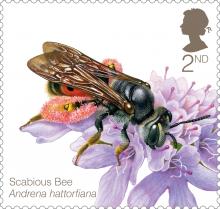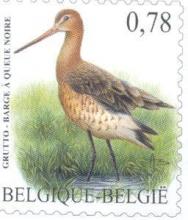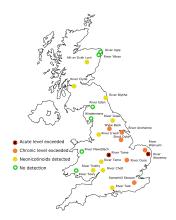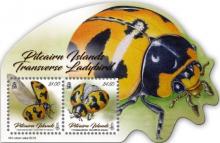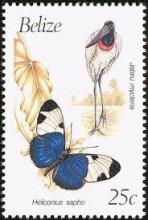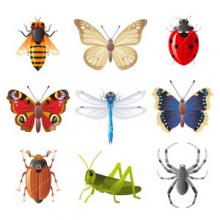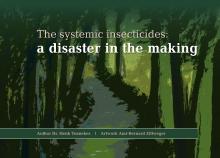More than a dozen wild bee species are declining in Northeastern U.S.
Researchers at the University of New Hampshire have found a dramatic decline of 14 wild bee species that are, among other things, important across the Northeast for the pollination of major local crops like apples, blueberries and cranberries. "We know that wild bees are greatly at risk and not doing well worldwide," said Sandra Rehan, assistant professor of biological sciences. "This status assessment of wild bees shines a light on the exact species in decline, beside the well-documented bumble bees.

